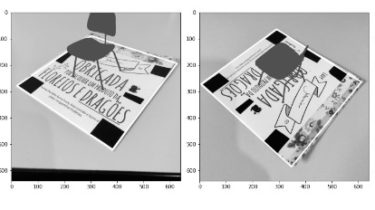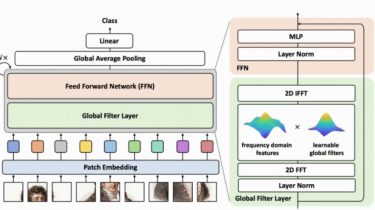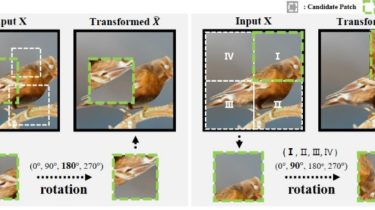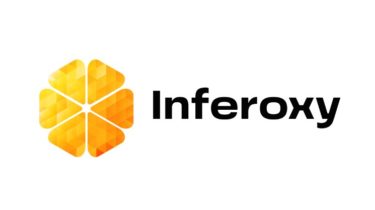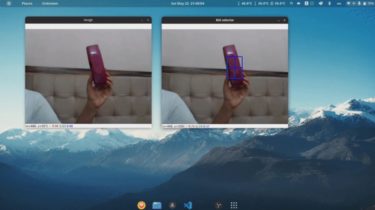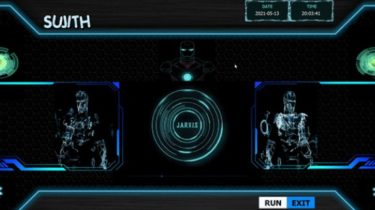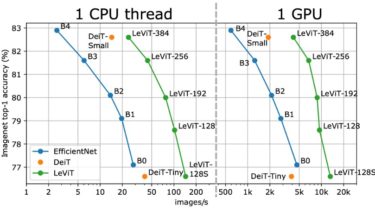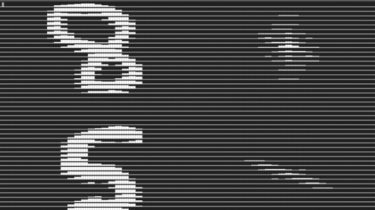A technology that adds computer-generated virtual content to real-world views through devices
Augmented Reality 101 The development of areas such as computer vision, image processing, and computer graphics, allow the introduction of technologies such as Augmented Reality. Azuma defines Augmented Reality as “a technology that adds computer-generated virtual content to real-world views through devices”. Introduction The purpose of these map is to give you an idea about Augmented Reality and to guide you through the main features that surround this technology. Read complete post in AR 101 — Augmented Reality. Definition and […]
Read more